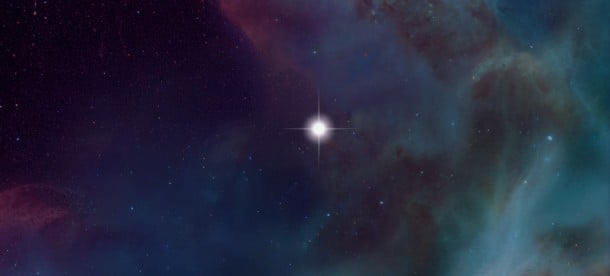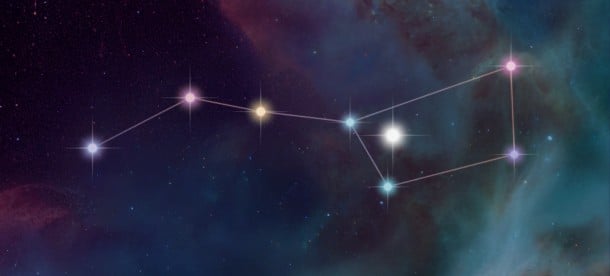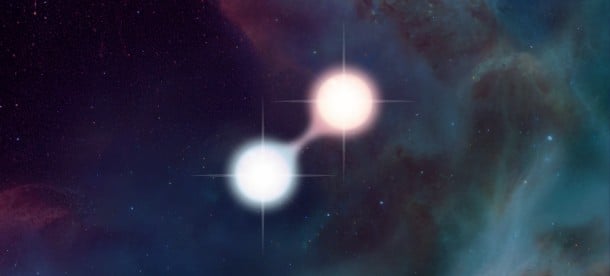How many stars are in the NASA database?
When looking at the night sky, we see hundreds of stars. However, there is even more than our mind can comprehend. Every one of us has heard the statement that there are ten times more stars in the night sky than little grains of sand in the world's beaches combined. Despite this statement's poetic nature, we can't depend on vague assumptions when thinking about stars. The most legitimate form of stellar lists that people should trust is advanced catalogs and databases made by research institutes and space agencies.
One can assume that NASA would represent recent findings in exploring the stars in a single database. In fact, NASA has an extensive collection of stellar data - more than seven separate databases, and each has its own context and purpose.
In general, NASA is an independent agency that deals with space research and always keeps us updated with the latest astronomy findings. They have advanced databases with factual information about any space-related issue. However, this doesn't include an overall number of all the stars cataloged.
To fully comprehend all the stellar findings and why we can't find NASA approved statements of the number of stars, we have to investigate this matter a bit deeper.
NASA databases and archives
NASA has one of the most significant collections of data sets in the whole world. Every few seconds, they receive more than 3 gigabytes of data from nearly 100 active missions. Moreover, they have massive databases with general information about space processes, astronomic bodies, and physical calculations - basically, everything they ever discovered or measured.
NASA even developed a catalog of datasets that implemented all the research results and findings to improve public access to scientific data. Every bit of information is stored in NASA's Open Data Portal. You have to know what you're looking for, and desired facts will be one click away.
Research in Astrophysics
The next thing to remember is that stellar research is studied in NASA's Astrophysics division as one of the subjects. This means all the data about stars will be gathered in the collective archive, which is the same for astrophysical matters. Other fields of NASA's Astrophysics research are:
-
Dark energy, Dark matter
-
Black holes,
-
The Big Bang
-
Galaxies
-
Exoplanets
To illustrate stellar data gathering, NASA examines the formation of the stars and their death, classify star types, and analyze factors (external and internal) that influence their existence. Information gathered from these studies is represented in archives of Astrophysical Data Centers.
Astro data
Every Astrophysics Data Center has its own database with a particular subject and characterizations. Most of these centers are independent and for work with NASA on a project basis.
For example, SIMBAD or the Set of Identifications, Measurements, and Bibliography for Astronomical Data, is a project where NASA collaborates with Strasbourg astronomy institution. SIMBAD provides primary data (hence the descriptive name) for celestial objects outside the solar system. In the early '00s, SIMBAD contained information for 1,500,000 stars, but now it contains more than 4.5 million stars, as reported by astronomy enthusiasts.
Another essential NASA's stellar archives that support astrophysics (a.k.a. the science of stars) is Star and Exoplanet Database (NStED). Exoplanets are planets outside the solar system that orbit around other stars. Thus, NStED is a database of 140,000 nearby stars and exoplanet-hosting stars with additional information about each detected object's planet-finding and characterization goals.
The High Energy Astrophysics Science Archive Research Center (HEASARC) > ???
SAO - Smithsonian Astrophysical Observatory Star Catalog > ???
The story of NASA's Nearby Star Database (NSTAR)
NASA has made a very impressive contribution to space research. However, this agency still depends on human resources as well as technology. This means that next to success stories lies little development issues.
One of the scientific mysteries of this matter is Nearby Star Database (NSTAR), the project NASA began in 1998. The idea was to create complete and accurate data about nearby stars (25 parsecs). This would be very useful regarding our topic, but this database faced unknown problems. In 2002, this database was available and contained 2,633 stars, yet it 2008, it was closed. There was a message that after the redesign, the database would be returned to service. However, it never was.
There aren't available any definite statements about this project except for unofficial updates of the NSTAR website. Additional information suggests that NASA's work was passed to other associations, like SIMBAD, NEXXUS, and RECONS. Indeed, this sounds great because all the hard work wasn't wasted. Still, these projects don't seem to be novel and active at the moment, and every fact around NSTAR is questionable.
Conclusion
This was quite a journey we had rather about NASA and its structure and findings than the stars. But we all have to agree that NASA is a spectacular agency which makes all the small steps so humankind can leap forward.
For one, we found out that NASA doesn't have a complete stellar database publicly available. However, there's no need to panic - we can access other star catalogs, like SIMBAD, The Astronomy Nexus database, Bess database, and many more.
Secondly, if you want to find scientific data about stars, you can never ask as vague questions as: "How many stars are in the NASA database?" It would help if you were more accurate to gain valid information. For example, you should specify whether you are looking for stars in our galaxy or outside the solar system.
Thirdly, there are many databases, and each one is built around its own topic and matter—for instance, separate archives for high-energy astronomy missions and another for exoplanets. Thus, there is somewhat divided information with a focus on particular issues than unclear generalizations.
Additionally, in NASA's astrophysical databases, you always have to know what you are looking for: the exact parameters to receive information. Remember, it is a scientific data, not your usual search engine with all the silly suggestions.
For all those people, who still want to hear a specific number, you can trust astronomy enthusiasts. They will tell you that there are about 1,000,000,000,000,000,000,000 stars in space. Just keep in mind, this is a rough number, and there is still a lot of scientific digging to do. Yes. The universe is endless...
Choose your package
-
Lifetime Entry in Star Catalog
-
Guaranteed visible from your location
-
Star Finder app access


-
Free & express shipping available
-
PDF Emailed in Seconds
-
Everything from a Standard Star package
-
Choose a Star Constellation
-
Easier to find in the Sky




-
Free & express shipping available
-
PDF Emailed in Seconds
-
Everything from a Standard Star package
-
Name Two Stars together
-
Extra bright and Unique 2-Star Pair






-
Free & express shipping available
-
PDF Emailed in Seconds



